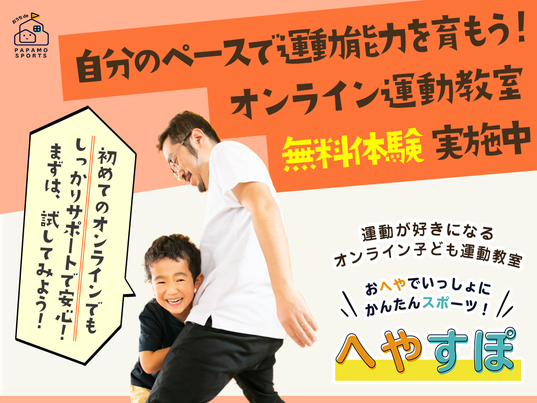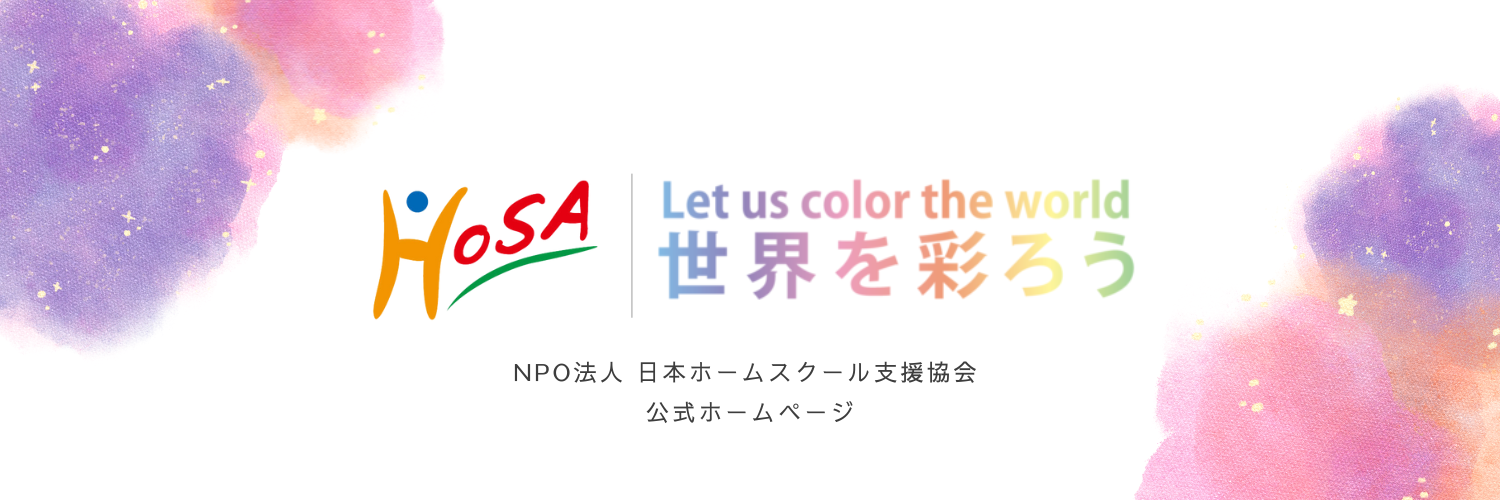This page features a list of educational materials that were suggested and introduced in the HoSA’s social media community. If you’re curious about what materials other homeschoolers are using for their learning, please check it out.
Updates will be made periodically!
The materials used by homeschoolers
eboard (free)

This is a free learning material developed and operated by the NPO organization eboard. We greatly appreciate their policy of “We don’t want anyone to give up on learning, no matter what environment they are in.”

You can learn the core subjects of Japanese, Mathematics, English, Science, and Social Studies through videos. It also includes comprehension checks, making it ideal for tracking progress. This is recommended for those who need input rather than drills.
Surala (paid)


Surala uses a non-grade-based system that is not bound by grade or level. For example, a child who excels in mathematics but struggles with language can advance quickly in math while reviewing language from a slightly lower grade level.
They offer both home-based and coaching options. With the “Surala Coach,” you can receive support and advice from a third party, not just from parents, which provides an opportunity for communication with other adults.
Surala is also used by private tutors and free schools, so it can be an option for those considering attending classes outside their homes.
Additionally, Surala has an entertainment aspect with anime-like character design and professional voice actors providing explanations. This can help children with learning disabilities or ADHD maintain concentration without getting bored. Furthermore, it incorporates gamification elements, making it a potentially valuable educational resource for children who may already have a negative perception of studying.
The usage of Surala is paid, and the price may vary depending on whether it’s used by educational institutions (tutoring centers) or individuals.
“Let’s aim to become a typing master” and others (free)

Basic for homeschoolers? It may be, but in online learning, typing is essential. It is often said that children can learn touch typing from the first grade, so in addition to reading, writing, and math, it seems that many people are also working on typing.
There are plenty of free typing games available, not limited to the ones mentioned here, so please feel free to explore your favorites.
Smile-zemi (paid)
https://smile-zemi.jp/shogaku/
This is a tablet learning material operated by a company called Just Systems. It is a paid service, but the pricing for elementary school students is relatively reasonable, starting from around 3,000 yen per month. They also offer materials for preschoolers called “Sumairuzemi” and materials for junior high school students called “SMiLE ZEMI” (6,800 yen per month), making it suitable for pre-homeschoolers and those looking for long-term materials.
Using their dedicated tablet and pen, they focus on “writing” even in online materials, making it a hybrid material that combines the strengths of paper-based and online materials. They provide video explanations, and many reviews mention that it helps establish a study routine, so if you’re looking for a consistent material that can be worked on diligently every day, it may be worth checking out.
KUMON distance learning (paid)

Although it’s not online, the Kumon method offers correspondence courses. It is a great option if you value ‘live’ communication with teachers over manual grading and comments. The content of the materials is excellent.
Even if you attend in person, the stay time is not strictly defined, making it a convenient place for children to hang out. Since you would typically visit 2-3 times a week, it’s also suitable for creating quality time between parents and children. If you get along with the teachers at the center, it can serve as a place for communication with a third adult.
However, due to its long history and reputation, the monthly fees are relatively high compared to recent online educational materials. *The cost for correspondence learning starts at 8,250 yen per subject (Math, English, etc.).
YouTube 「toaruotokohaichi」(free)

This is a popular YouTube channel. It has a larger volume of content for middle and high school levels rather than elementary school. It might be suitable for children who can self-study. The channel is run by Haichi, a former prep school teacher, and his explanations are very easy to understand. Additionally, there are live broadcasts where you can study together with other peers and connect through comments, offering the unique appeal of YouTube.
Shinkenzemi (Challenge/Challenge Touch) (paid)
Here is another popular option. It is an educational material operated by Benesse. Challenge offers both traditional paper-based materials and an online course called Challenge Touch, and its content is considered top-notch. The price is also in the 3,000 yen range, making it a strong competitor to “Smile Zemi.” Starting from April 2022, it has become possible to “go back and get ahead,” so it is becoming one of the top-quality online learning materials available for homeschoolers.
It is backed by a major company and offers giveaways, collaborations with celebrities, and other incentives that can boost children’s learning motivation.
Chibimusu Drill (Free)


“Chibimusu Drill” is a free printable resource that many homeschoolers are familiar with. While you need to print the materials yourself, the fact that it’s free is a strong point.
The site offers high-quality printable materials that are almost unbelievable for something that’s free. It’s a great option for those who want to save money or need materials for a quick study session during spare moments.
The learning materials provided on the site are primarily in drill format, without detailed explanations. Therefore, they are more suitable for repetitive practice and review rather than initial learning.
Many people use this resource when they run out of physical drill books or when their child suddenly becomes motivated to learn, and they need materials quickly.
Heya Supo (paid)


”
“Heya Supo” is an online physical activity class produced by “PAPAMO,” a support organization affiliated with HoSA. It stands out from other correspondence education materials because it focuses on physical activity rather than academics.
The concept of “Heya Supo” is to participate in regular online gatherings with parents and children, engaging in physical activities together. This provides an opportunity for children to enjoy moving their bodies indoors.
This program is designed for parent-child participation, making it suitable for children ranging from very young ones to around 3rd or 4th graders. It includes various activities that require cooperation between parents and children, making it a great way to spend quality time together and enhance bonding.
“Heya Supo” primarily emphasizes physical exercise, offering a unique way to keep children active and entertained while promoting family interaction.
Popy (paid)

Popy is another correspondence education program, similar to Kumon, that uses paper-based learning materials. It is recommended for those who prefer learning with paper and pencil. The cost for a 1st-grade student is approximately 2,500 yen per month, making it a relatively affordable analog learning option.
One notable feature is that it comes with a “Guide for Instruction,” which provides instructions for parents who might be unsure about how to teach their children. This makes it a reassuring choice for parents who may be new to homeschooling.
While it doesn’t allow for cross-grade learning, it offers relatively gentle difficulty levels, helping children build confidence. The materials include colorful illustrations and are designed for simple use with paper and pencil. So, if you think “digital is still too early” for younger children, it might be worth trying out this paper-based option.


